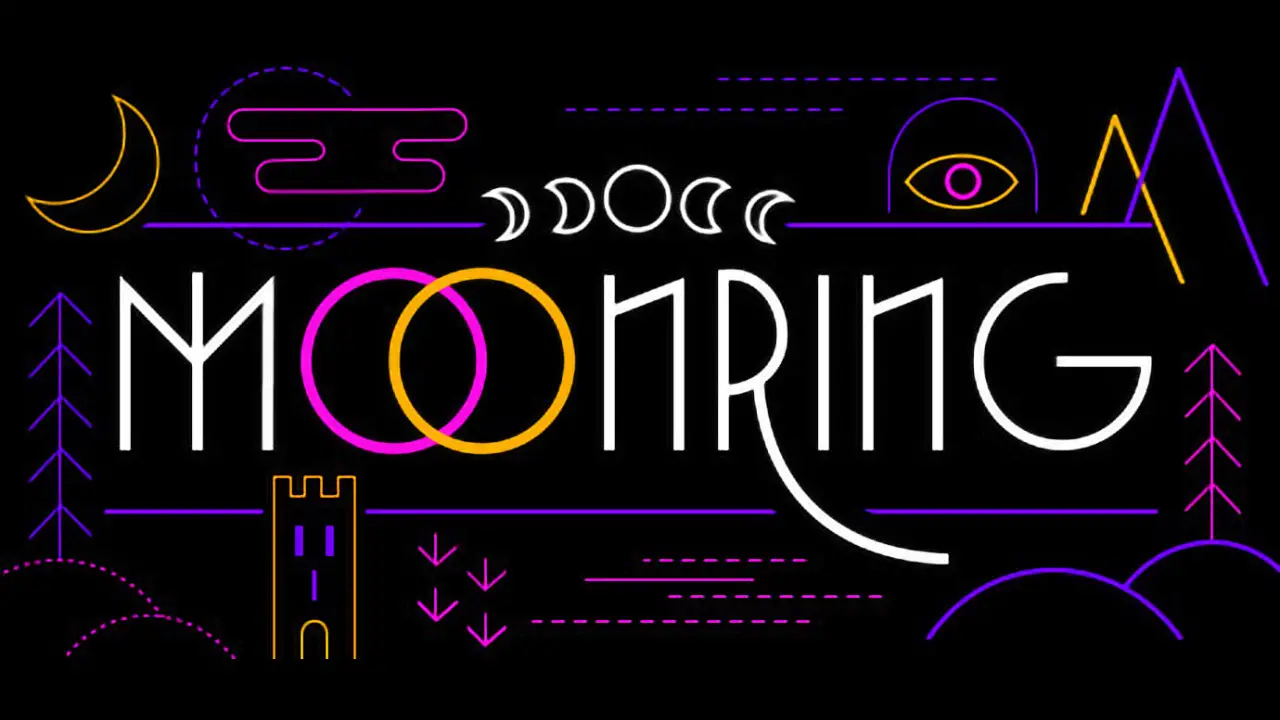Moonring is developed and published by Fluttermind LLC and is a throwback to the days when Ultima and the likes were the ultimate RPG experience when they were released. Moonring hopes to rekindle those feelings with cryptic quests, player-driven exploration, and letting the player fail. Over and over again.
But does Moonring succeed today in making a compelling experience, or is it weighed down too heavily by its predecessors for today’s audience?
This is what I’m going to discuss in my Moonring Review.
- Friction and Flow
- Understanding & Exploration
- Combat & Devotions
- The world is not made for you
- Verdict
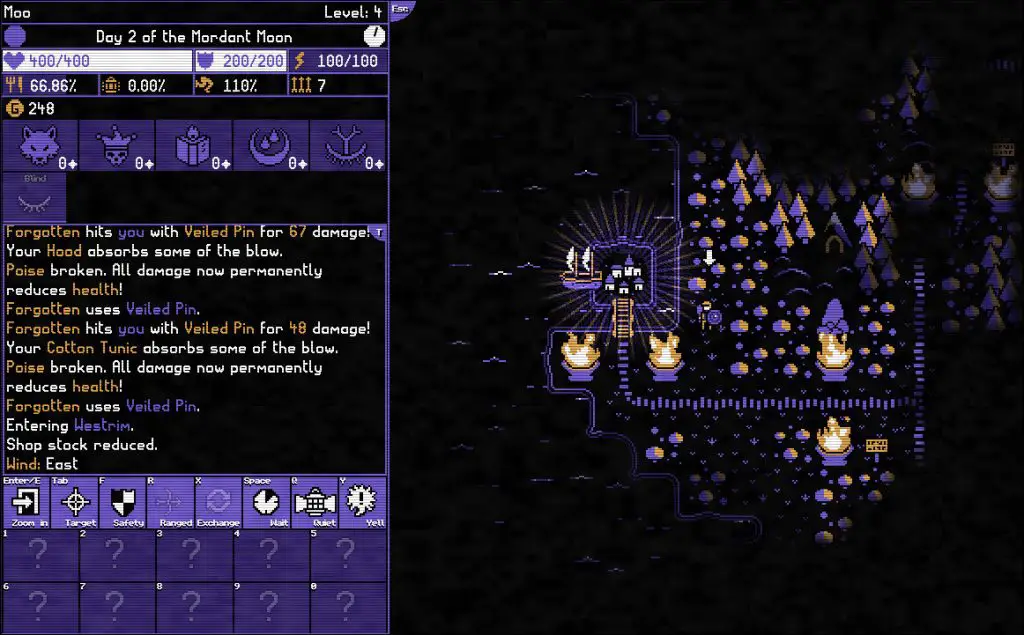
Friction and Flow
Before I begin, I must confess that the “Ultima” games and others of this kind were before my time, so to me, this game feels completely fresh. In design, there is a term called friction, used to describe the nagging details that take you out of the flow state you’re in when you’re completely immersed in a game and forget to acknowledge the outside world, even when the ovens are on fire.
Friction can extend to the littlest of things, such as having to mouse over every individual object and clicking to pick them up instead of having auto pickup. Or an obtuse menu for inventory management that you frequently have to use. But friction can also be generated by getting lost in a confusing map or having unclear objectives.
Modern gaming does a lot to smooth out the friction and create as direct and explicit an experience as possible. But Moonring forsakes this idea in its objectives. The minute you start the game, you’re free to leave and explore to your heart’s content, but the game will not point out where to even start the main quest. That’s not to say the game is cruel in its lack of direction.
It’s often pretty easy to figure out how to start important quests, but talking to the priests in the center of town and frequent tutorial pop-ups appear throughout the game as you discover more of its mechanics. But this lack of quest markers, icons, or hand-holding offers a fresh take for those who are sick of RPGs that force you to complete lengthy tutorials or piecemeal their world lest the player be overwhelmed or make a mistake.
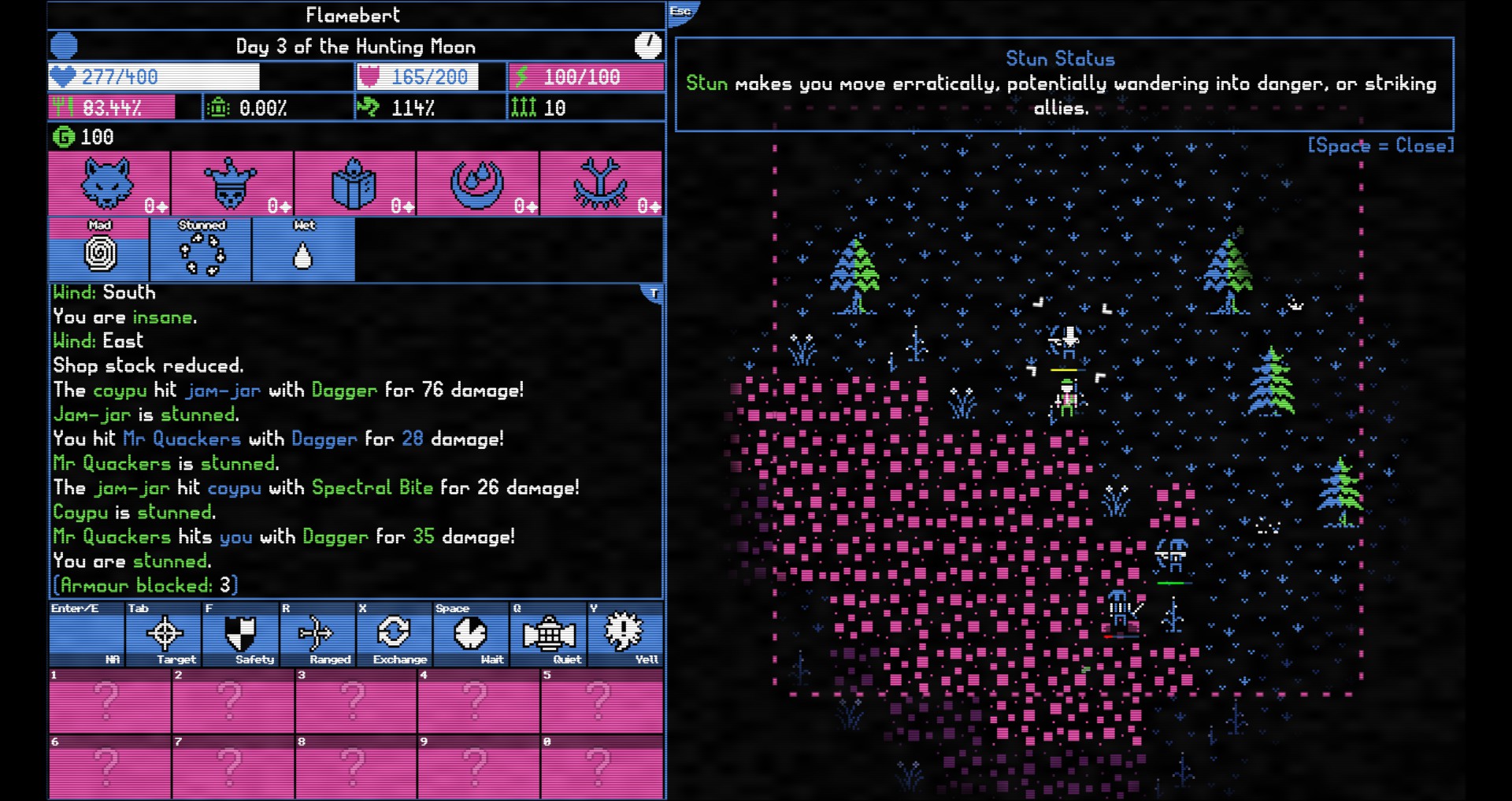
Understanding and exploration
Moonring is far more like a puzzle when it comes to understanding its systems. The whole map is blacked out, and players must find their way around trying to locate dungeons, towns, or points of interest. One of the big gate keeps in the game is that many key items are on islands off the coast, but the game does not explain how to get a boat, so players must either spend the exuberant amount of a boat license or take the more reasonable approach and explore until they find a way to obtain one.
There are warp gates, but players can easily walk away from them without knowing how to activate them. I know what I did with the first two I found before realizing what they were and seeing how they connected on my map after reaching two of them. Moonring is also different in that there is no dialogue tree when talking to NPCs.
There is a textbox for players to type keywords to unlock the next line of dialogue for NPCs. Not to say the game doesn’t throw you a bone or two. Still, by highlighting keywords and displaying words that triggered conversations in the past, it’s pretty easy to find what you’re looking for, but every once in a while, you have to know the word or phrase without it having it given to you to to talk to an NPC. I had to really work with the priest in one turn to figure out what item he needed, only for him to solve a riddle, and then explained he hoped I try and solve the riddle so he could laugh at my inevitable pitiful and meaningless death.
Combat and Devotions
Combat is varied but pretty straightforward. Players move to bump into objects and take and receive damage when doing so. Players are given 200 points called poise, which regen when out of combat, and once emptied, health begins to be taken away. Combat often devolves into hit-and-run tactics but also tries not to get swamped by various enemies.
Early-game enemies can still kill you if you let them swarm you. You can also use ranged weaponry or stealth. Every step makes a drawn radius that represents who can hear you when you move. But being in stealth mode allows you to deal critical damage and lessens your noise range unless you’re stepping on a loud object, such as chains or breaking an object.
On top of this, as you explore, you’ll gain devotional points for the various gods in Moonring‘s lore. You can then spend these points to gain new skills, such as laying traps, dealing extra damage, or summoning angels. But be careful. Swearing allegiance to a god brings new rules lest you offend your new god, such as not being able to use alchemy and drink potions, forgoing eating and having to drink blood only, or never being allowed to flee a battle.
All these mechanics create enough diversity to keep the short encounters fun, and not overstay their welcome despite the lack of overall depth to combat overall. Although it is often too easy to spam devotional abilities during tough fights instead of thinking of clever solutions or engaging with other abilities. I usually just spam bloodstone until my enemies bleed to death as I run in circles
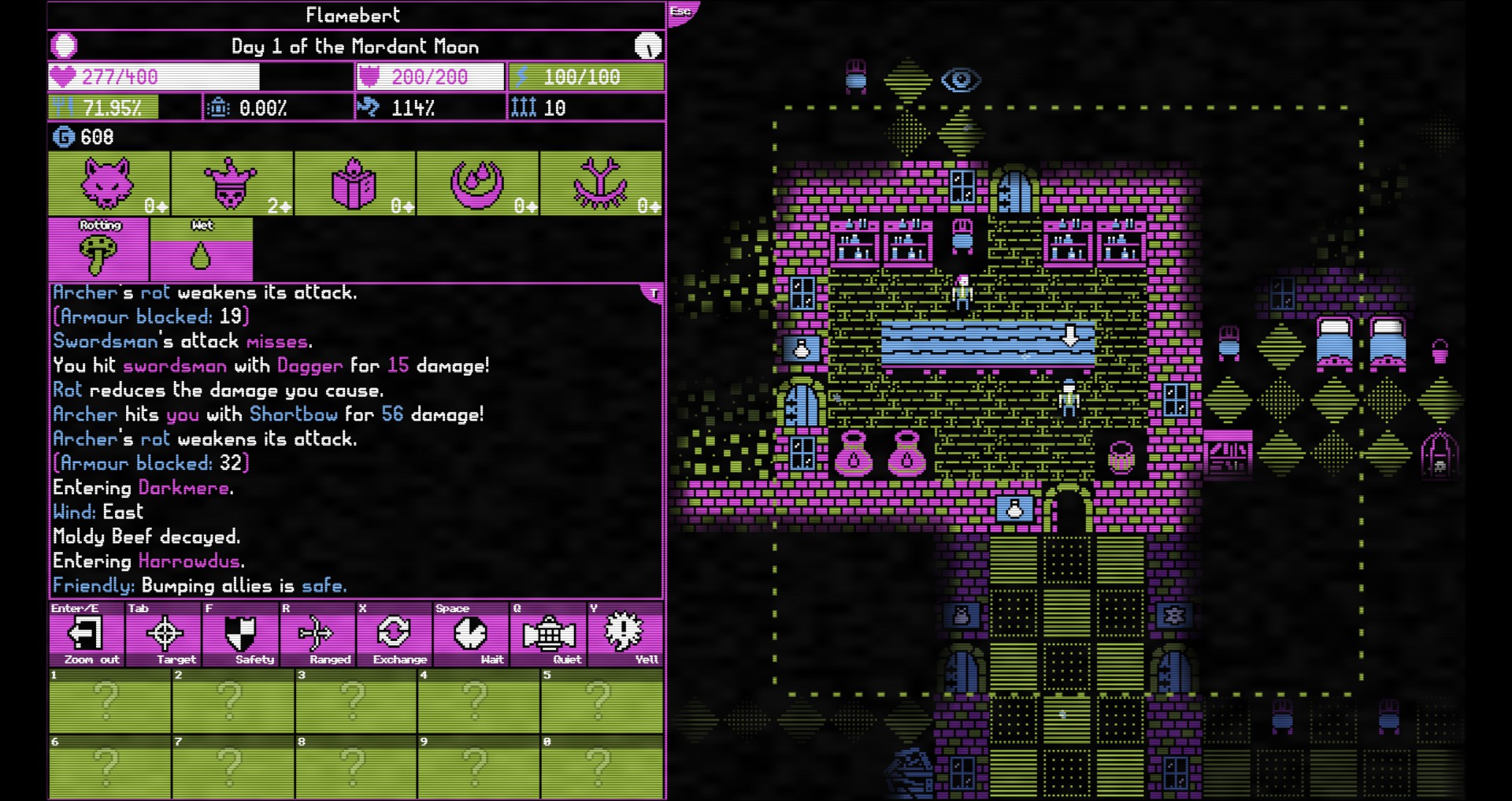
This world is not made for you
However, Moonring is a standout hit because it is dripping in atmosphere. The first thing you’ll notice when booting up is its color palette. It is incredibly moody, being mostly black with vibrant poppings of purple and green. Throughout the game, the palette will gradually shift from hues of reds and yellows like a campfire to blues and greens of a forest. It gives off a feeling of something alien, where the colors give a feeling that something is wrong, like seeing a yellow sky in JoJo’s Morioh.
Moonring’s lore shows a world whose sun has disappeared, and instead, the world is lit by five moons, representing the new gods, The Lords of Dust who now rule this world built on top of a cruel and dead empire. Their overworld is also plagued by clouds of evermoving Abber. A cataclysmic fog that drives those inside mad and once insane allows them to perceive and be devoured by the otherworldly beasts that dwell in darkness.
This presentation, along with the lack of handholding, cryptic quests, and obtuse exploration, creates a world that wasn’t built for you. The first line of dialogue is from your presumed mother, mentioning how you were born dreamless, not chosen and claimed by one of the Lords of Dust, who call out to their followers in dreams.
If you question her, she can’t trust anyone who claims to be creamless, and how creepy that makes, before realizing how hurtful that was, and surely, you’ll have a dream any moment now… Ultimately It’s a game about strife and struggle and making it across a deeply disturbed world, one in which it hopes to drown the player in a deeply rich experience.
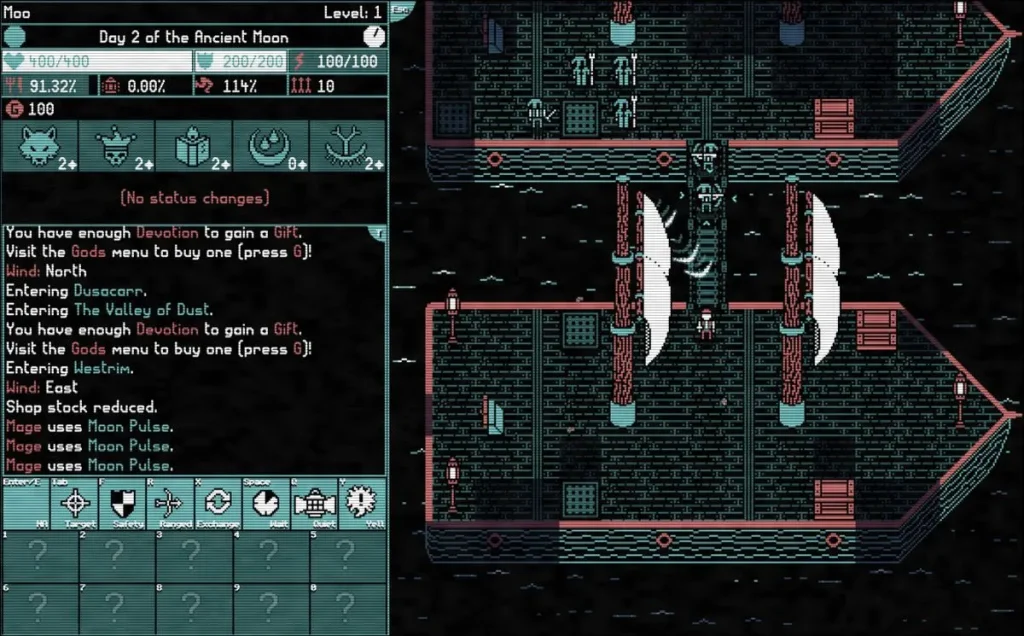
Verdict and termination
Moonring was a passion project by one man, Dene Carter, one of the co-founders of “Fable” fame. And that experience shows, in what is at first glance, an archaic-ly simple game, but one that traps the player in its world and design. It was released for free as the creator used many assets from friends and felt bad turning around to monetize the project, but he also wanted to give the world something fun since he felt the world needed a break after Covid. Moonring gets a strong recommendation from me and is currently free on Steam. So there’s no reason not to try it!


